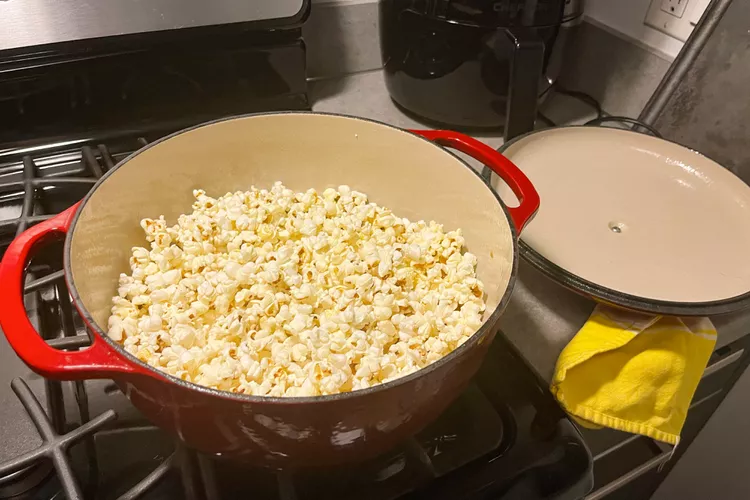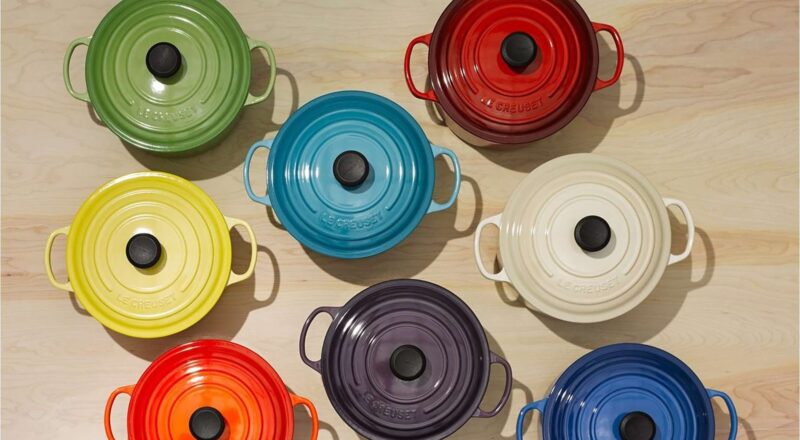How to clean dutch oven cast iron might seem daunting at first, but it’s quite straightforward with the right approach. For many homeowners and renters, maintaining a cast iron Dutch oven is an essential part of the cooking experience. This guide will provide you with thorough steps and methods to keep your Dutch oven in top shape, ensuring that it lasts for generations.

Introduction to Cast Iron Dutch Ovens
Cast iron Dutch ovens are celebrated for their durability and superior heat retention. They can handle a variety of cooking methods, making them a popular choice for both novice and experienced cooks alike. However, to keep your Dutch oven in the best possible condition, proper cleaning and maintenance are crucial.

Why Proper Cleaning is Important
- Longevity: Proper cleaning ensures that your Dutch oven will last for many years.
- Performance: A well-maintained oven will perform better during cooking.
- Health: Prevents the buildup of harmful bacteria and old food residue.

Initial Cleaning
Before using your Dutch oven for the first time, it’s essential to give it a thorough cleaning. Rinse with warm water and mild soap, then dry it completely with a soft cloth.

Everyday Cleaning Routine
After each use, rinse your Dutch oven with hot water. Avoid using soap as it can strip the seasoning. Use a brush or non-abrasive scrubber to remove food residue.
Using Hot Water
Rinse the oven with hot water to remove loose food particles.
Avoiding Soap
Refrain from using soap during regular cleaning to maintain the seasoning.
Removing Stubborn Food Residue
If you encounter stubborn food residue, use a mixture of coarse salt and water to scrub the area gently. This helps to lift off the residue without damaging the seasoned layer.
Salt Scrub Method
Mix coarse salt with a small amount of water to form a paste. Apply this paste to the affected area and scrub gently.
Boiling Method
Boil water in your Dutch oven for a few minutes. The steam will help loosen stubborn food particles, making them easier to remove.
Seasoning Your Dutch Oven
Learn more about seasoning your cast iron cookware. Seasoning involves coating your oven with a thin layer of oil and baking it. This forms a natural, non-stick coating that prevents rust and enhances cooking performance.
Choosing the Right Oil
Select an oil with a high smoke point, such as vegetable or flaxseed oil.
Baking the Oil
Coat the interior with oil and bake it upside down at 375F for an hour. Repeat if necessary.
Dealing with Rust
If your Dutch oven gets rusty, dont worry! Scrub the rust off with steel wool and re-season immediately to restore its protective coating.
Scrubbing the Rust
Use a non-abrasive scrubber or steel wool to remove rust completely.
Re-seasoning
After rust removal, go through the seasoning process again to ensure your Dutch oven is protected.
Long-Term Storage Tips
When storing your Dutch oven, ensure it is completely dry to avoid rust. Place a paper towel inside to absorb any remaining moisture and leave the lid slightly ajar for airflow.
Drying Completely
Ensure your oven is dry before storing.
Using Paper Towels
Insert a paper towel to absorb moisture and leave the lid ajar.
Bonus: Cooking Tips
Check out these guides on cooking with cast iron:
Faq
Can I use soap to clean my Dutch oven?
Its best to avoid soap as it can strip away the seasoning. Use hot water and a brush instead.
How often should I re-season my Dutch oven?
Re-season your oven whenever you notice the non-stick layer wearing off or see signs of rust.
What should I do if my Dutch oven gets rust?
Remove the rust with steel wool or a non-abrasive scrubber and re-season immediately.
As an Amazon Associate, I earn from qualifying purchases.

